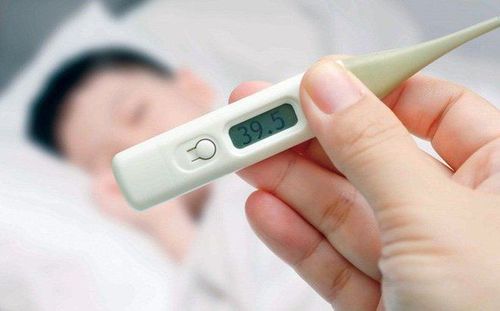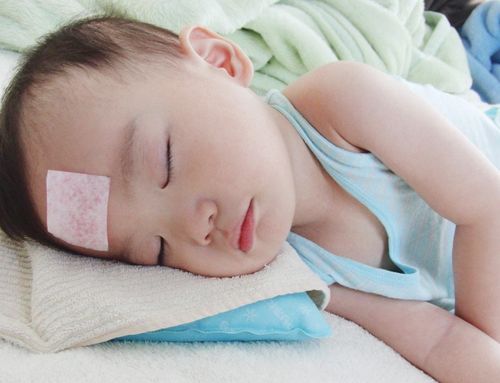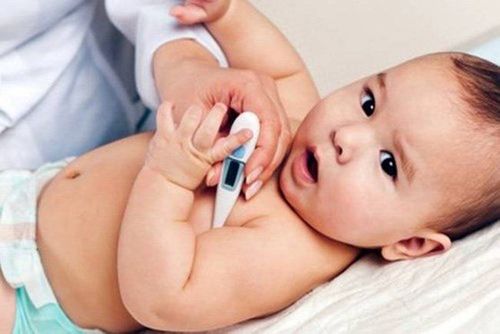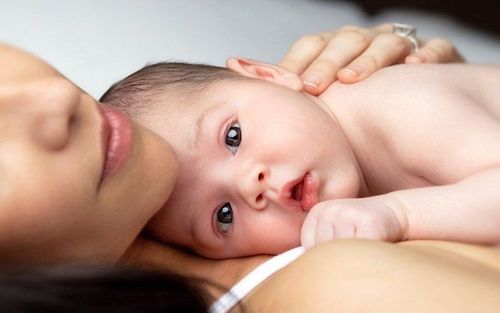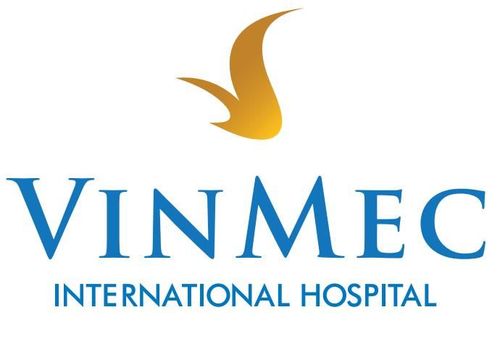This is an automatically translated article.
The article is expertly consulted by Master, Doctor Truong Thanh Tam - Pediatrician - Pediatrics - Neonatology - Vinmec Danang International General Hospital.1. How to monitor a newborn's temperature right after birth
Parents should always have a thermometer ready for the child to monitor the baby's temperature at any time. You can use a thermometer through the ear, a thermometer on the forehead, but the best way is to use a mercury thermometer.Normal baby temperature is 36.5 - 37.5°C. How to take the baby's temperature:
Take the temperature in the armpit: Place the thermometer in the child's armpit for about 2 minutes. The temperature in the armpit needs to be added 0.5°C to get the baby's true temperature. Specifically, if the armpit temperature is 37°C, the baby's temperature is 37.5°C; Take an rectal temperature: Gently place the thermometer in the child's anus for 1 minute. Normal rectal temperature is your baby's exact body temperature (between 36.5 - 37.5°C). Note:
If the child's temperature is below 36.5°C, it is necessary to immediately warm the infant; If the child's temperature is higher than 37.5°C, it is necessary to let the child wear lighter clothes, remove blankets, cool off, breastfeed more, drink more water if necessary, and continuously monitor the baby's temperature; If the baby's temperature is higher than 38°C, the baby has a fever. At this time, parents should immediately cool off, give the child fever-reducing medicine as prescribed by the doctor and take the child to a medical facility.
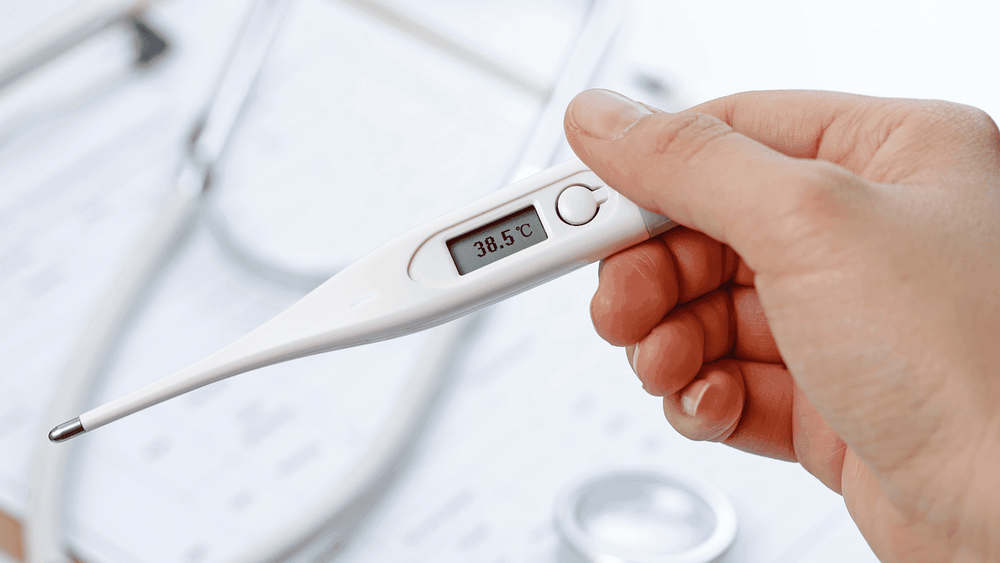
2. Health problems of newborn baby's body temperature after birth
The normal body temperature of a newborn is 36.5 - 37.5°C. When the baby's body temperature is below or above this normal range, it is called hypothermia. Disorders of body temperature include hypothermia and hyperthermia.2.1 Hypothermia The fetus in the mother's uterus usually has a body temperature 0.5 - 1°C higher than the mother's body temperature. Therefore, immediately after birth, the baby is at risk of rapid hypothermia. Hypothermia increases the risk of infant death, so prevention of hypothermia is essential.
Hypothermia is characterized by the child's body temperature being less than 36.5°C when measured in the armpit. The degrees of hypothermia measured in the armpit are divided into 3 categories: mild hypothermia (body temperature 36.5 - 36.4°C), moderate hypothermia (child temperature 35 - 39.9°C) and hypothermia severe (body temperature below 35°C).
Causes of hypothermia in newborns are usually:
Premature babies, low weight, reduced insulation and lack of subcutaneous fat layer, increased skin temperature will cause a large temperature difference, increases heat loss; The skin area compared to the body weight of an infant is 2-3 times larger than that of an adult, causing rapid heat loss, making the child prone to hypothermia; In the first few days after birth, the infant's metabolic response to cold is very limited, increasing the risk of hypothermia, leading to loss of energy and weight loss;
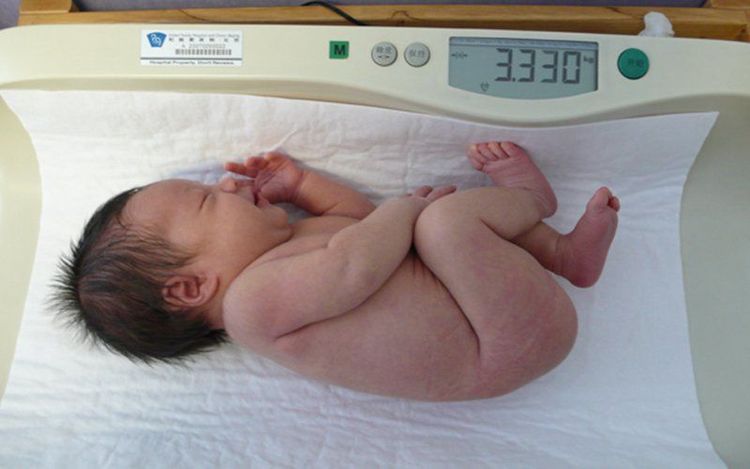
2.2 Hyperthermia Neonatal hyperthermia is characterized by a baby's temperature of 37.5°C or higher when measured in the armpit. This is a serious sign, often seen in severe infections, especially in meningitis , which can be fatal. Hyperthermia in newborns is divided into 3 degrees: mild hyperthermia (temperature between 37.6 - 38°C), moderate hyperthermia (temperature between 38 - 39°C) and severe hyperthermia (temperature from 38 to 39°C). temperatures above 39°C).
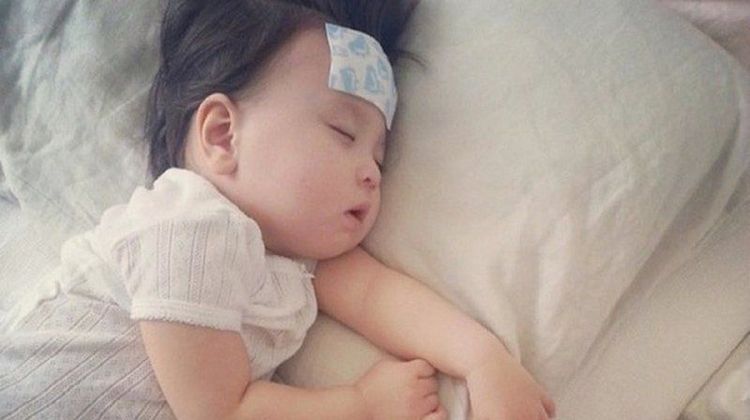
Because the infant's thermoregulatory center is not yet complete; Children are infected, dehydrated, over-warmed, too hot in the bedroom,...; Increased body temperature in the first days of physiological weight loss, the child's general condition is normal, only fever for a short time. It is necessary to detect signs of hyperthermia in a timely manner when checking that the baby's hands and feet are hot. The temperature of infants should be monitored every 6 hours in infants at risk for hyperthermia.
Interventional treatment is carried out as follows:
Take the child out of the heat source, put the baby in a well-ventilated room, wear cool clothes, do not cover the blanket and can take off the shirt and diaper if necessary; The mother should breastfeed the baby early, feed more times a day. If the child cannot suckle, give breast milk to the child with a spoon; If the child's temperature within 1 hour does not return to normal despite applying the above methods, or is accompanied by any other danger signs, the child should be taken to the doctor immediately. Properly monitoring the infant's temperature to detect and promptly handle when the baby has hyperthermia or hypothermia will help take better care of the newborn, proactively prevent possible bad consequences.
Master. Truong Thanh Tam has 15 years of experience in pediatrics and especially has a lot of experience in hematology, resuscitation and pediatric oncology. The doctor has participated in many national and international scientific conferences on pediatrics and participated in many short-term training courses and was certified as "Pediatric Core Instructor", by Hue University of Medicine and Pharmacy. grant. Currently, she is a Pediatrician at the Department of Pediatrics - Neonatology - Vinmec Danang International General Hospital.
Please dial HOTLINE for more information or register for an appointment HERE. Download MyVinmec app to make appointments faster and to manage your bookings easily.





